Lobras, the smallest municipality in Granada province, Andalucia, known for its ceramics and the Timar mercury mines
By Nick Nutter | Updated 15 Mar 2022 | Granada | Villages |
Login to add to YOUR Favourites or Read Later
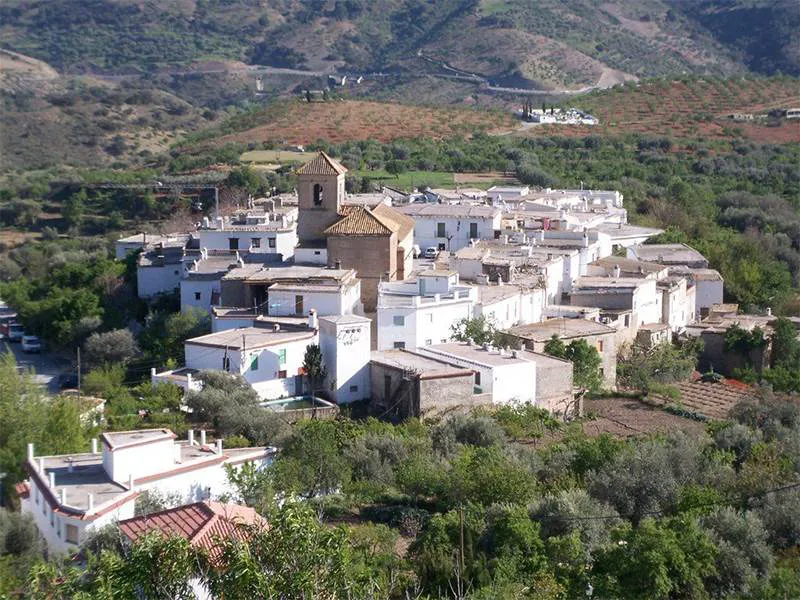
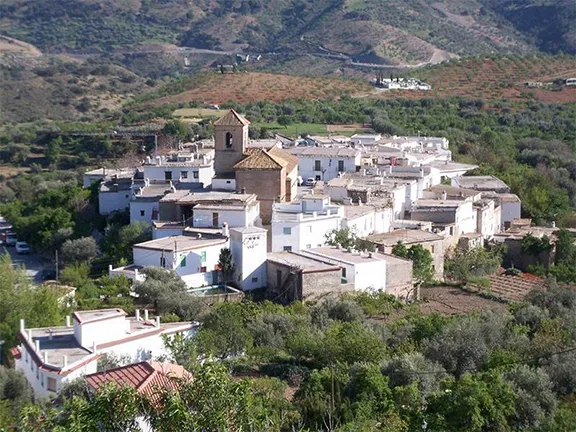
Lobras
The small white village of Lobras in the Alpujarra region of Granada is the smallest municipality in Granada. Of Moorish origin its close packed houses cluster around the parish church of San Agustin.
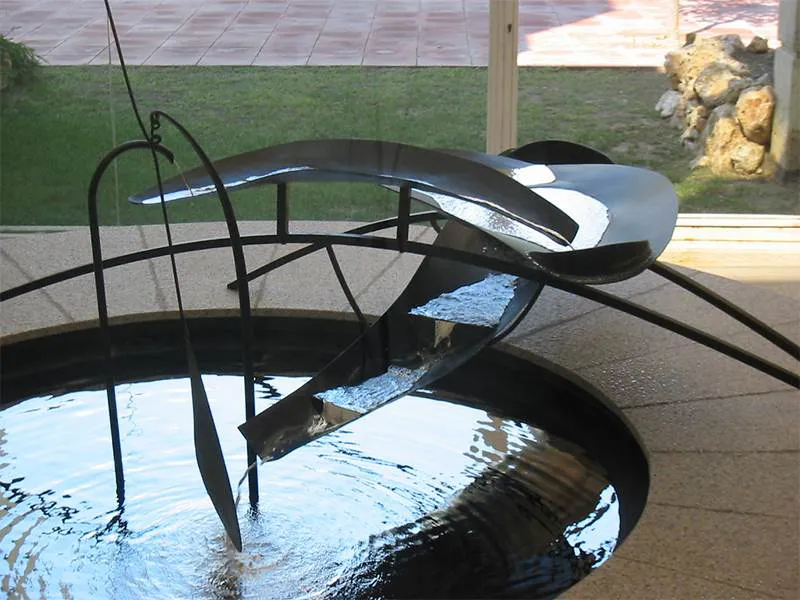
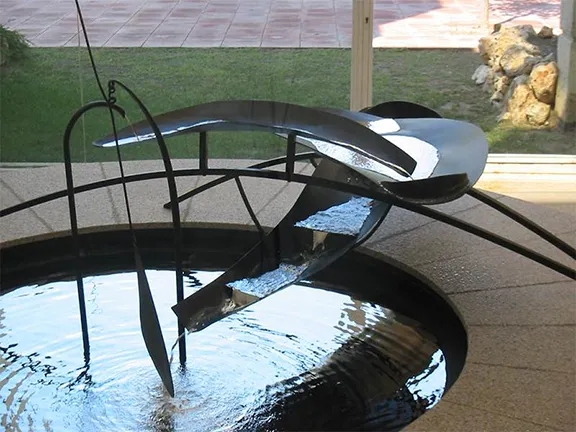
Calders Fountain
Now known for its ceramics, that you will find all over the village, and once, many years ago, for its part in the area’s silk industry, Lobras is a tranquil spot from which to enjoy the beauties of the Alpujarra region. The best time to visit is early spring when the scent of almond blossom permeates the whole valley.
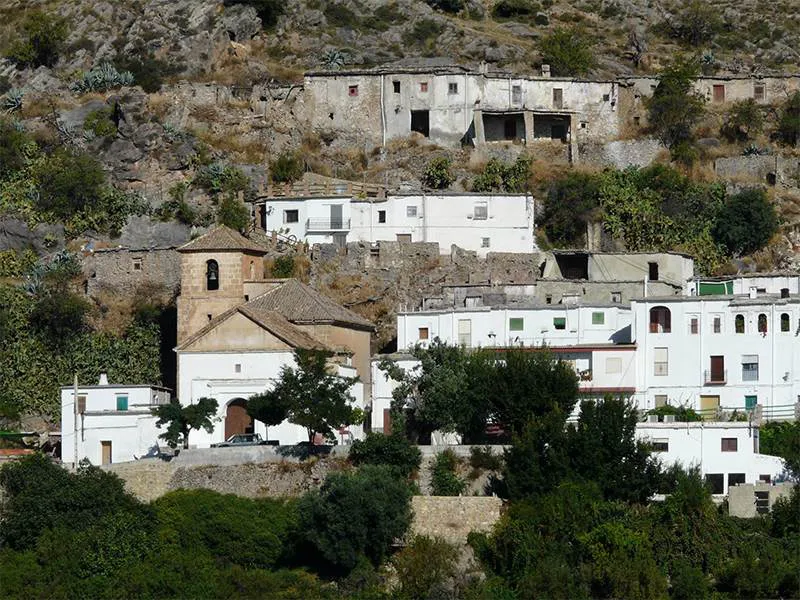
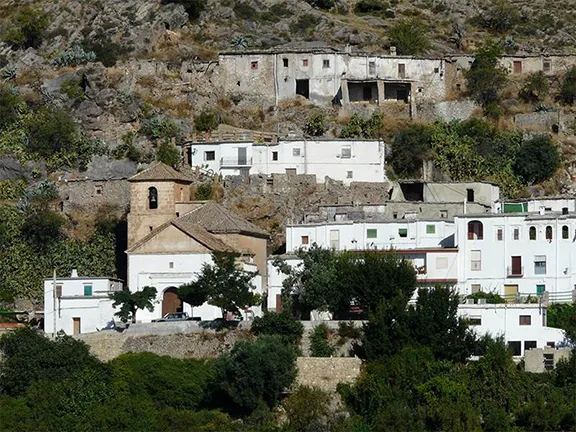
Timar
A walk from the village to the small hamlet of Timar, part of the municipality of Lobras, is worth the effort, not just for the scenery, which is spectacular, but for the mining history associated with Timar. The first clues to that history are in the Fundació Juan Miró in Barcelona’s museum and it is there we shall go first.
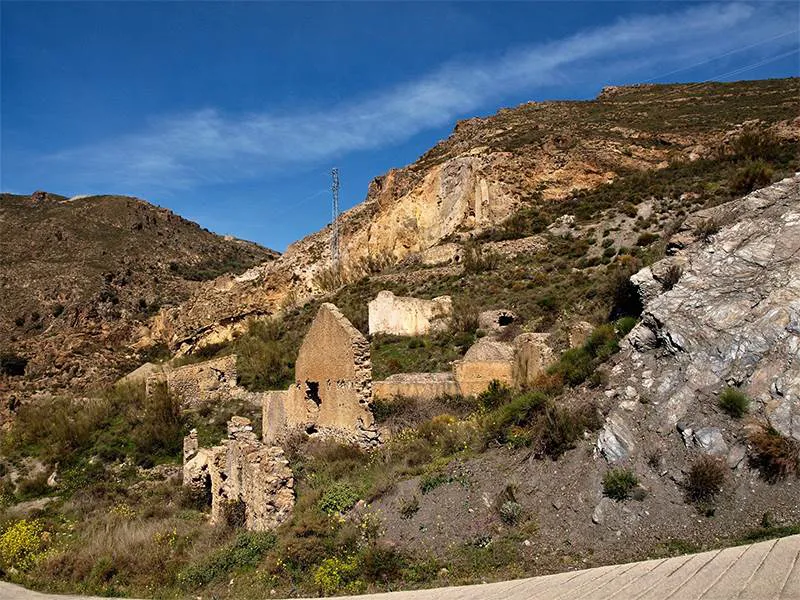
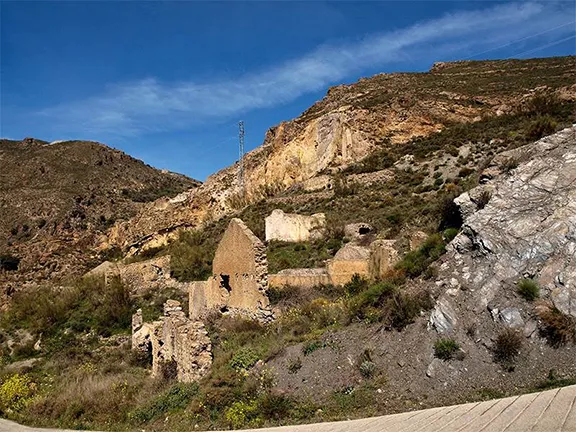
Abandoned mercury mines
At the 1937 World’s Fair in Paris, American sculptor Alexander Calder was commissioned to design a modernistic fountain for the Spanish Republican pavilion. In place of water, it flowed with pure Spanish mercury. It has been called the world’s most beautiful yet deadly monument. Calder’s fountain gleams on today, its deadly beauty now contained behind thick glass. The mercury is from the 2000-year-old mines at Almadén, in Castilla-La Mancha, that produced more mercury than any other place on earth. In the late 19th century, the precious red mineral, cinnabar, was discovered at Timar and, between 1910 and 1936, Spanish and Italian mine operators extracted the ore and roasted it in furnaces. As the ore cooled it reacted with oxygen in the air producing clouds of poisonous sulphur dioxide and even more poisonous quicksilver, mercury; the only metal to be molten at room temperature. A small but interesting museum illustrating the process is located next to the church in Timar.
Fortunately for the villagers of Timar and Lobras, the mines became uneconomical and closed, returning the area to its briefly interrupted, peace and tranquility.
If you have the opportunity, after a good walk in, nowadays, cool, clean air, hunt out a bar serving fritadilla. It is a stew made from local produce, lamb, or more often pork, roasted green peppers, aubergines and local olive oil. Suitable reward for your exertions.